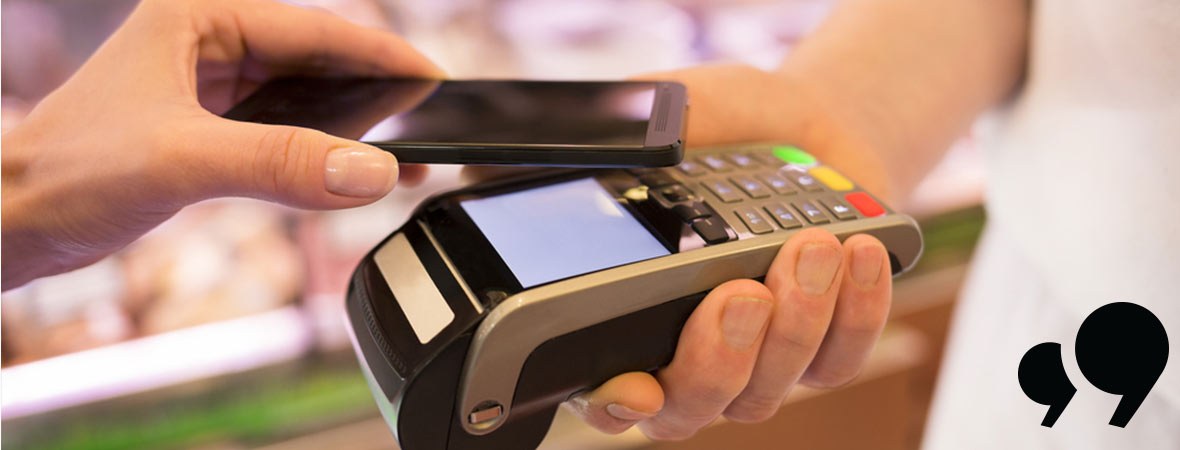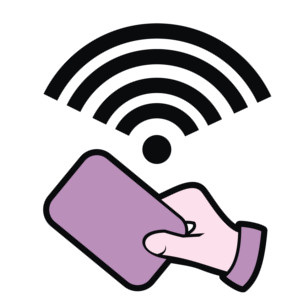
What's next for digital wallets and NFC?
If you’ve heard the of NFC technology before but still aren’t exactly clear on what NFC (Near Field Communication) chips are, let me fill you in.
NFC technology is a simple way for small amounts of data to transfer from one device (a mobile phone, credit card, etc.) to another. If both devices are equipped with NFC technology – which currently comes in the form of an inbuilt antenna, a tiny tag, or even a sticker – then the information can be transferred by simply tapping the two devices together, or bringing them really close.
That’s how PayPass works
When you tap your credit card (which his fully loaded with an NFC chip) against a PayPass device, also NFC capable, data is transferred authenticating your card. And bam! Transaction complete, your account is billed.

This means that yes, indeed, now you can even pay for things using some mobile phones. All you need is a phone that sports an NFC chip (iPhones, unfortunately, do not at this stage - however ). If your phone has got an NFC chip, it’s capable of acting as a credit card, and tap, tap, tapping your money straight into PayPass oblivion.
eMarketer has even suggested that mobile proximity payments might reach a staggering $118 billion by 2018 in the USA alone, current estimates put the market at a mere $3.5 billion. Apple's latest product launch of the iPhone 6 and Apple Watch may have some serious movement towards that, recently announcing Apple Pay as part of their product offering.
So why is NFC technology so interesting? And important?
NFC should have your attention because it is paving the way of the future. With the technology as it currently stands, credit cards and cash are basically redundant. We no longer need them. Why would we? It also makes a lot of other things redundant, too.
For example, in Hong Kong, commuters are able to touch their phone on and off public transport – so the phone effectively works as the card. All people need is an NFC enabled phone, and the relevant app. We’ve got a similar setup here in our Aussie backyards. The Opal card system in NSW uses NFC technology, which has replaced the now archaic paper-ticket method.
If it all seems a bit much, this interconnectivity, zap, tap, frapping us at every corner we turn, you’d better get used to it. Because we’re only at the beginning.
Although NFC technology is only catching on around the globe slowly, who knows what it holds in store? It doesn’t even have to be NFC technology. What’s important is that this sort of capability is available. In ten, twenty, maybe fifty years’ time, there’s a chance that chips like these will be implanted directly into our bodies. Sure, I’m merely speculating. But why not?
Today, you use a credit card to pay for your day-to-day living expenses. Tomorrow, you use your mobile phone. The day after tomorrow, you use your wrist. It really isn’t that far-fetched.
As technology evolves, our lives change. And technology, dear reader, is evolving not just rapidly – but in exponential proportions. Hold on, sit tight, and get ready. Because what’s ahead, it looks exciting... Or creepy, I guess. That’s for you to decide.
